Cities With The Best Quality Of Life In 2012
If you’re familiar with Mercer’s annual Quality of Living surveys, the 2012 winner should come as no surprise.
With its ornate buildings, public parks, extensive bicycle network and cheap public transportation, Vienna regularly tops global quality of life surveys, and this year is no exception. The Austrian capital spends its fourth consecutive year as the world’s best city to live in.
Though Europe may be in the throes of an economic crisis, it still leads the global human resource consulting firm's 2012 rankings, with 15 of the top 25 cities. Zurich, Munich, Düsseldorf, Geneva, Copenhagen and Bern all cracked the top 10.
“Overall, European cities continue to have high quality of living as a result of a combination of increased stability, rising living standards and advanced city infrastructures,” said Slagin Parakatil, senior researcher at Mercer. “But economic turmoil, political tension and high unemployment in some European countries and high levels of unemployment have continued to be problematic in the region.”
Mercer conducts the annual survey to help corporate clients determine whether they need to provide hardship pay for employees who are stationed in some of the world's worst cities. In the process of finding the worst places in the world to live, it also singles out the best. The final results are compiled using a variety of factors like personal safety, public services, schools, recreation, housing, climate and political stability.
Beyond the high-ranking European metropolises, cities in Australia and New Zealand topped the Asia-Pacific region while Canadian cities came out on top in the Americas. Auckland, Sydney and Vancouver, for instance, all made Mercer’s top 10. Singapore, meanwhile, remained the highest ranked Asian city at 25, followed by Tokyo (44), Kobe (48) and Yokohama (49).
“A noticeable gap can be seen among Asia-Pacific cities where several cities have improved in the region partly because they have been investing massively in infrastructure and public services,” said Parakatil. “Competition among municipalities has been continuously increasing in order to attract multinationals, foreigners, expatriates and tourists. Yet a considerable number of Asian cities rank in the bottom quartile, mainly due to high political volatility, poor infrastructure and obsolete public services.”
Mercer’s Quality of Living index assesses 221 cities using New York City as the base for comparison. The Big Apple came in at 44 in 2012, and while Honolulu (28) and San Francisco (29) fared better, not one U.S. city cracked the top 25.
In Central and South America, Pointe-à-Pitre, Guadeloupe, ranked the highest for quality of living at 63, with San Juan, Puerto Rico, and Montevideo, Uruguay, following at 72 and 77, respectively.
Parakatil said that while there has been little change in the rankings for North American cities, a number of South and Central American cities have experienced positive changes, “essentially due to some modest infrastructural and recreational improvement.
“Nevertheless, political and security issues, along with natural disasters, continue to hamper the quality of living in South and Central American cities,” he said. “High crime levels also remain a major problem.”
Though the UAE hubs of Dubai (73) and Abu Dhabi (78) fared well, the Middle East and Africa as a whole have the lowest quality of life on the planet, according to Mercer. The region had 15 of the bottom 20 cities, including Khartoum, Sudan (217); N’Djamena, Chad (218); Bangui, Central African Republic (220); and Baghdad, Iraq (221), which ranked last.
Parakatil said “ongoing turmoil in many countries across North Africa and the Middle East” led to “serious security issues” for locals and expatriates alike. Syria and Mali, he said, have seen some of the largest declines this year.
For a complete look at the cities in the top 10 on Mercer’s Quality of Living Survey, scroll through the slideshow above.
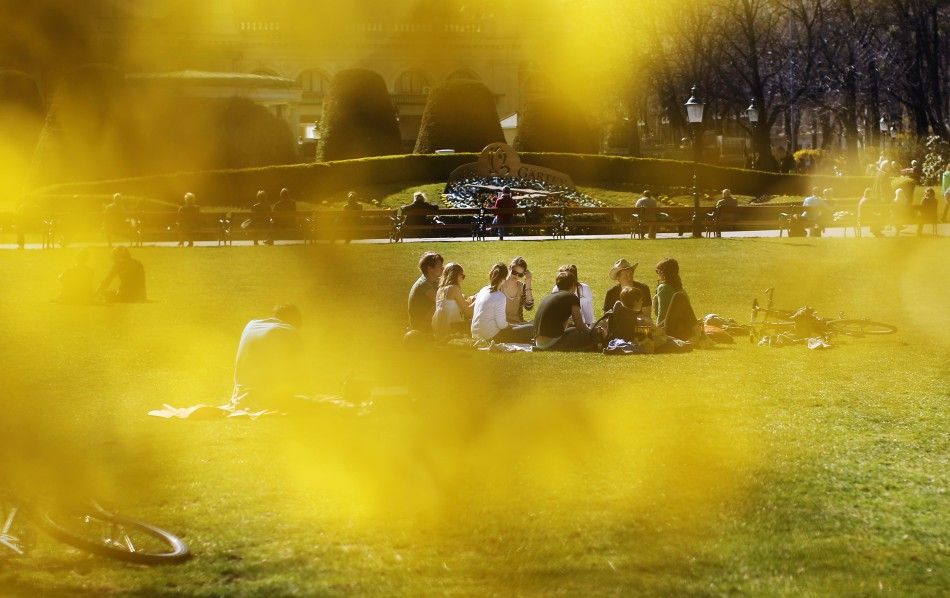
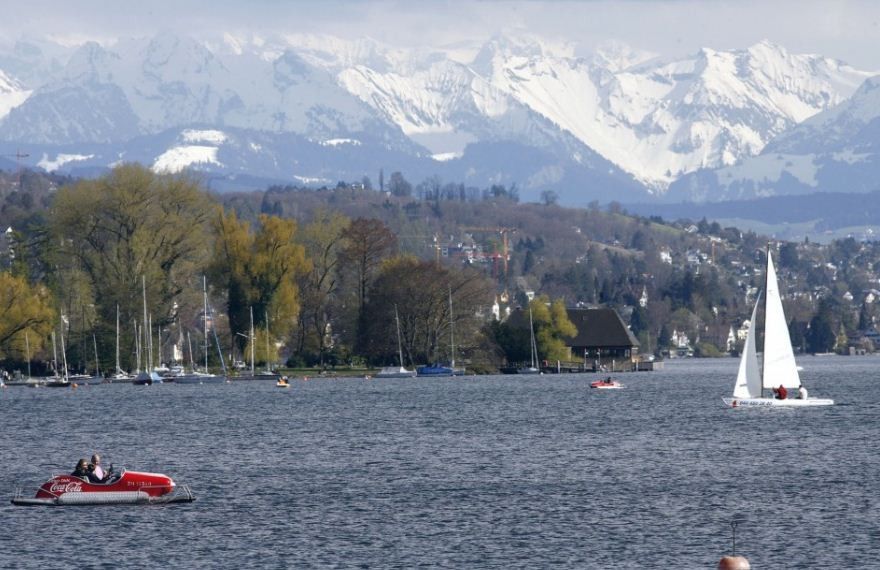
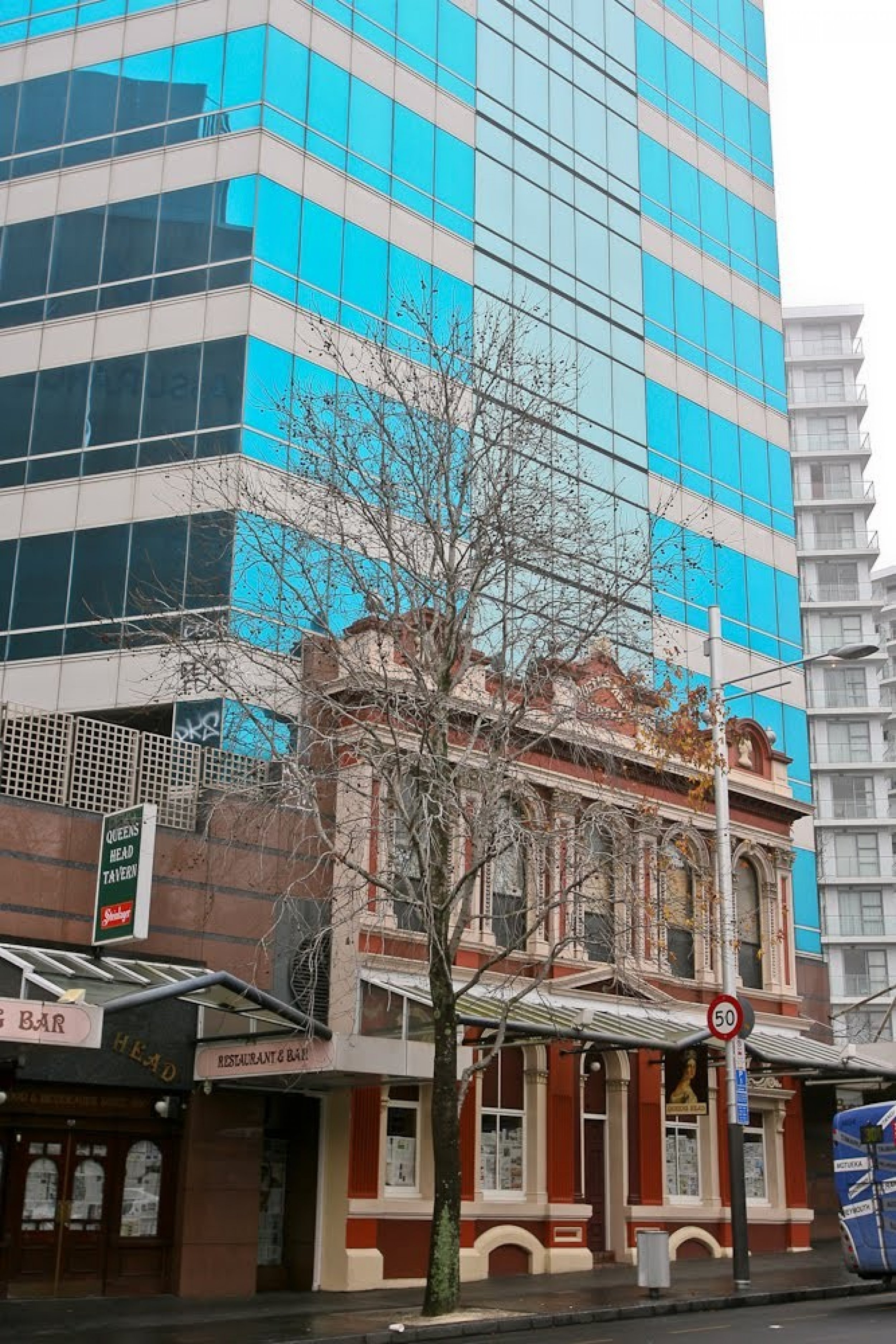
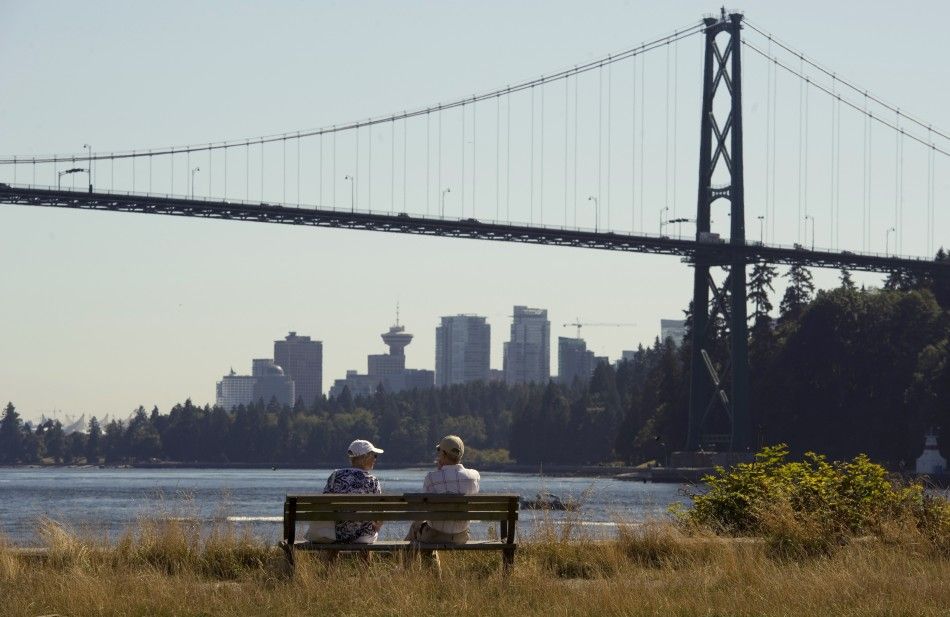
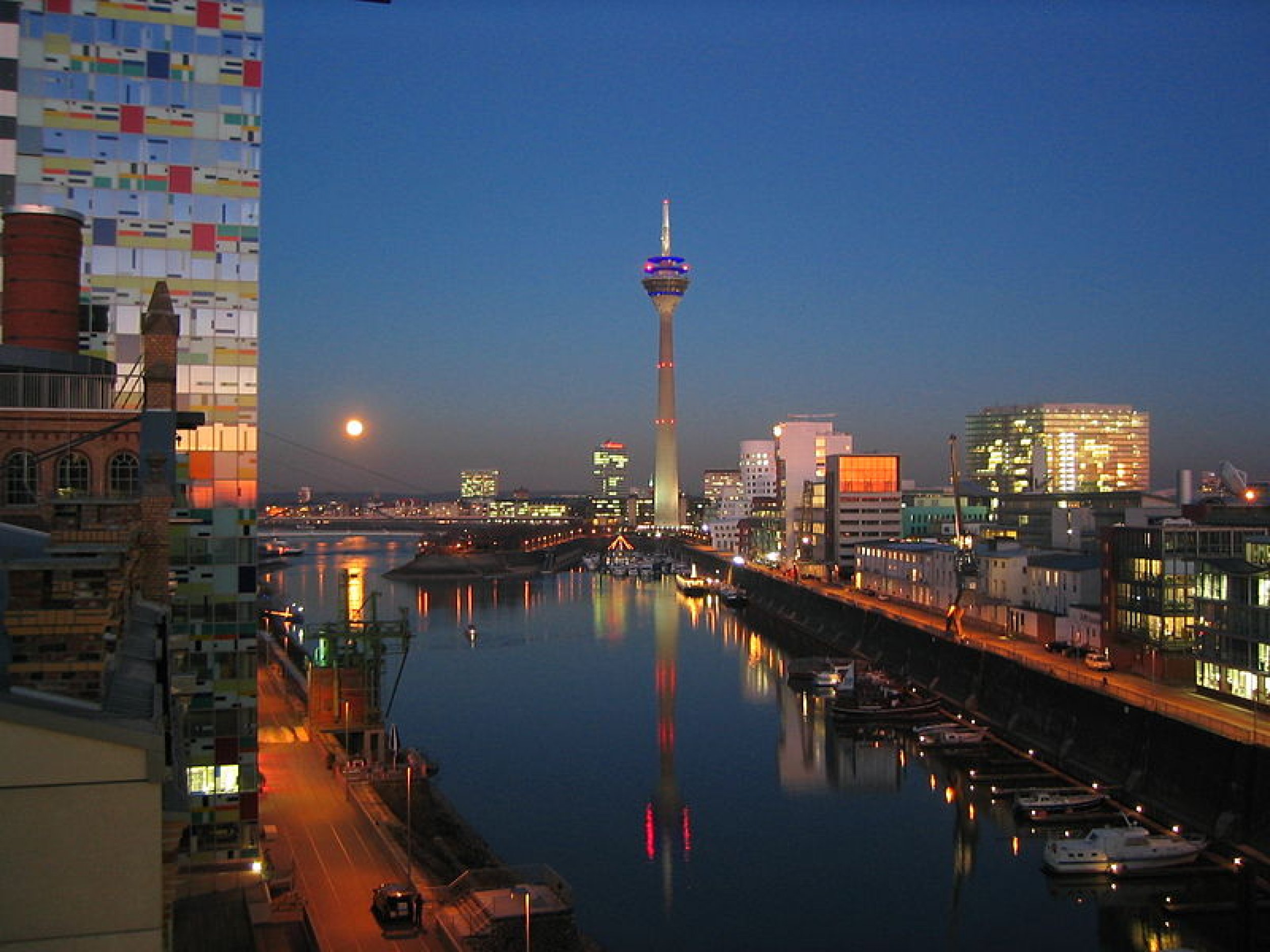

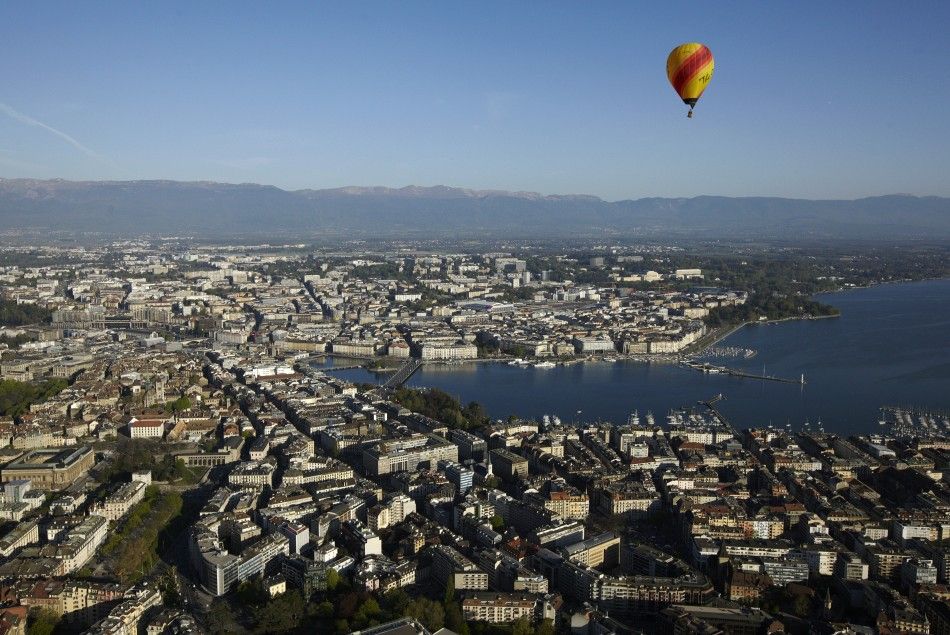

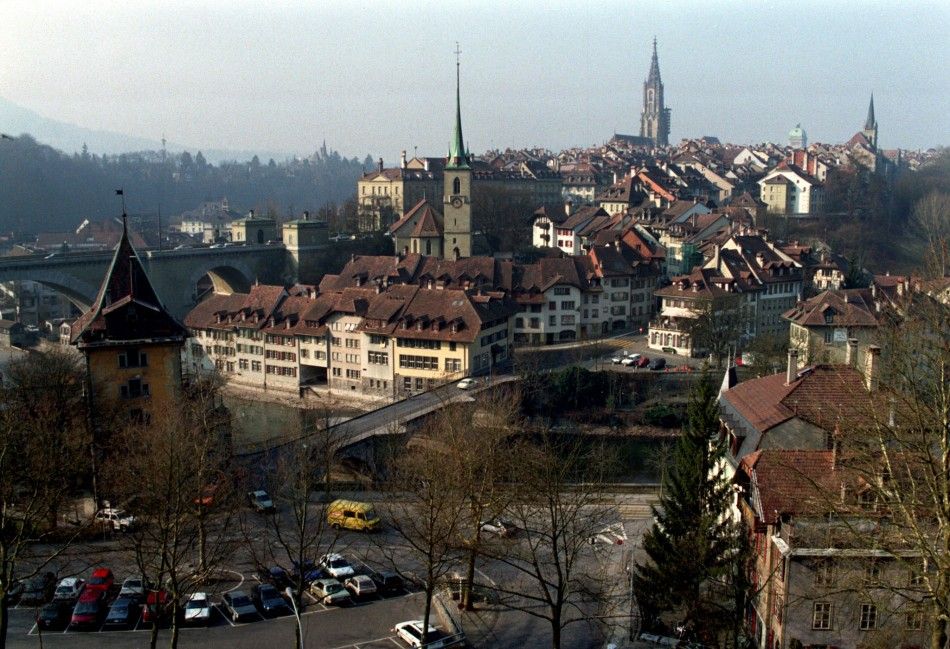
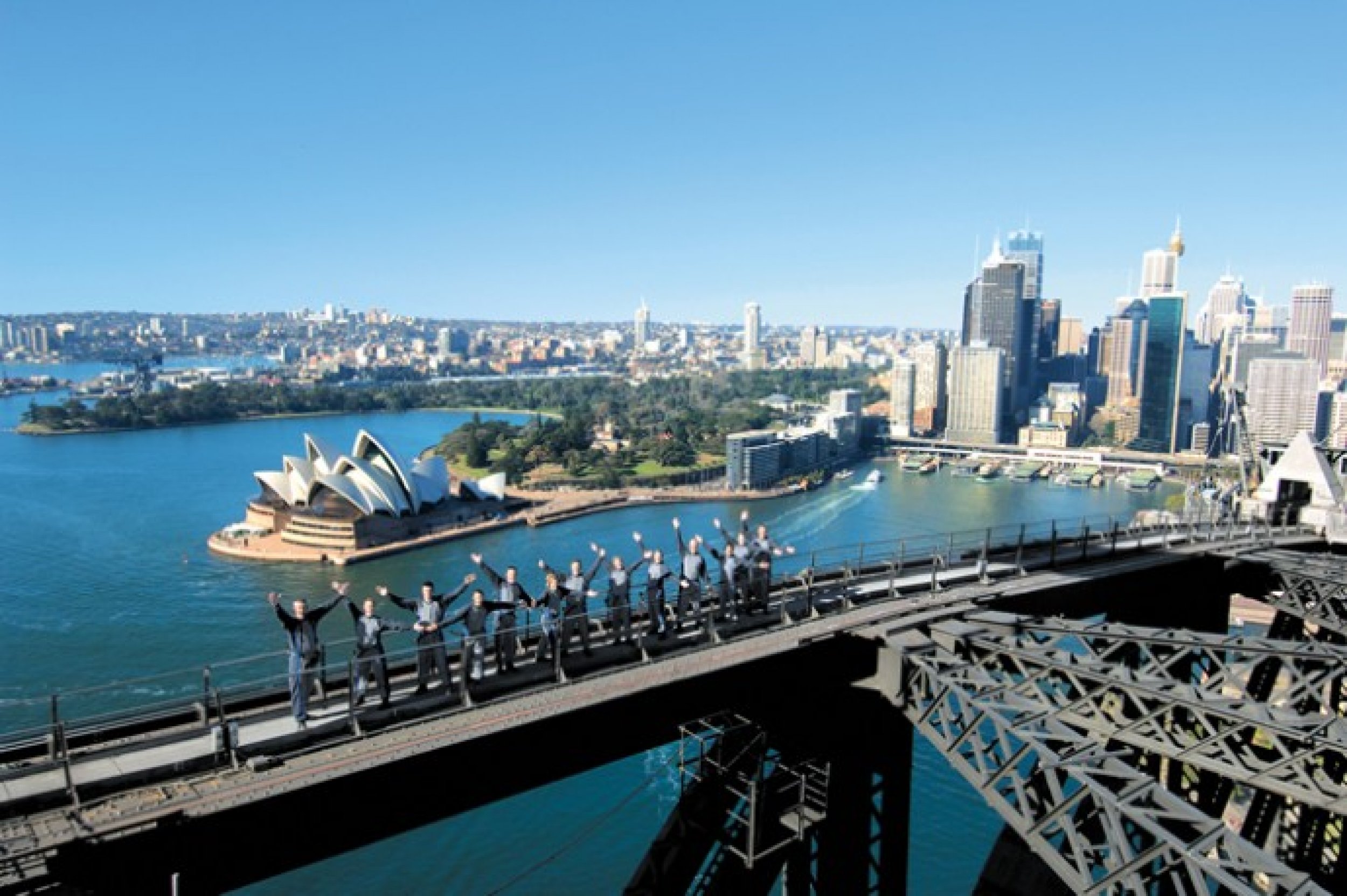
© Copyright IBTimes 2024. All rights reserved.












